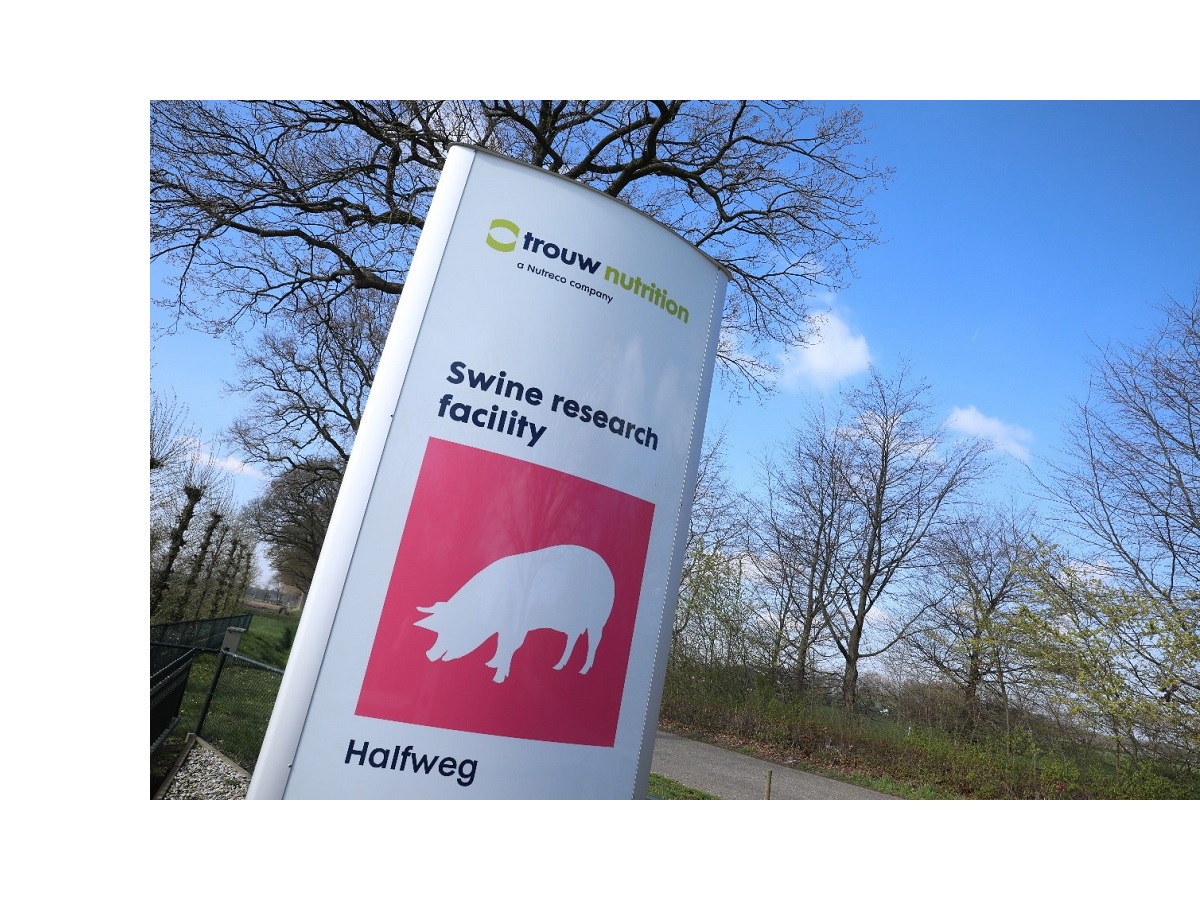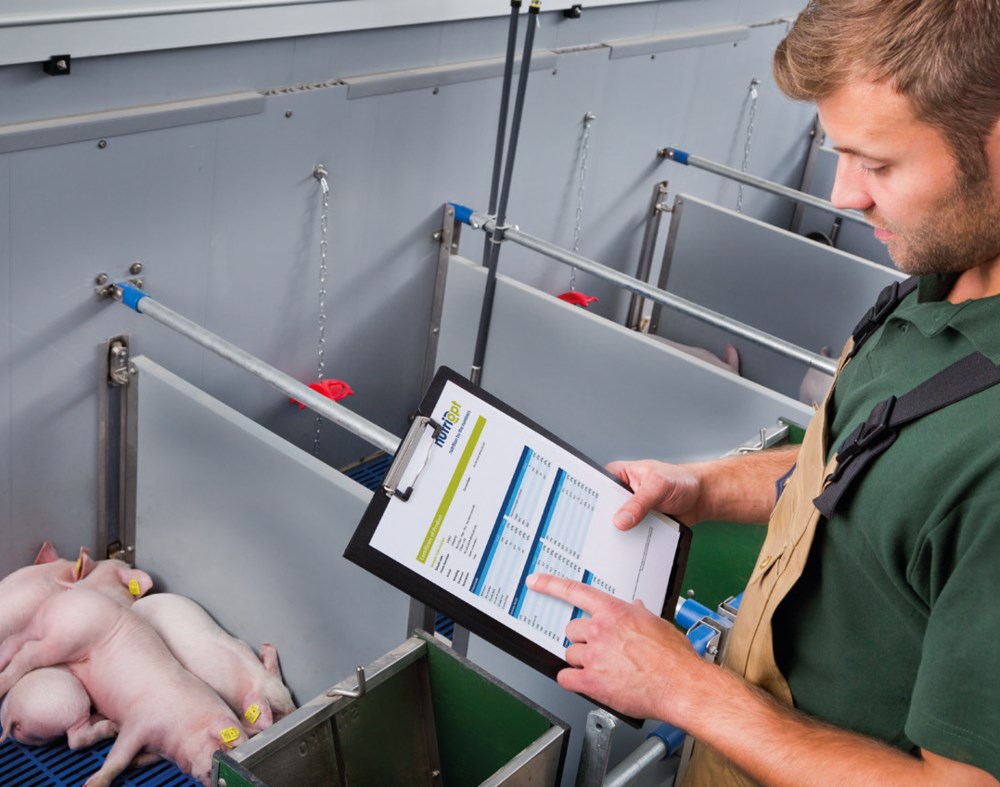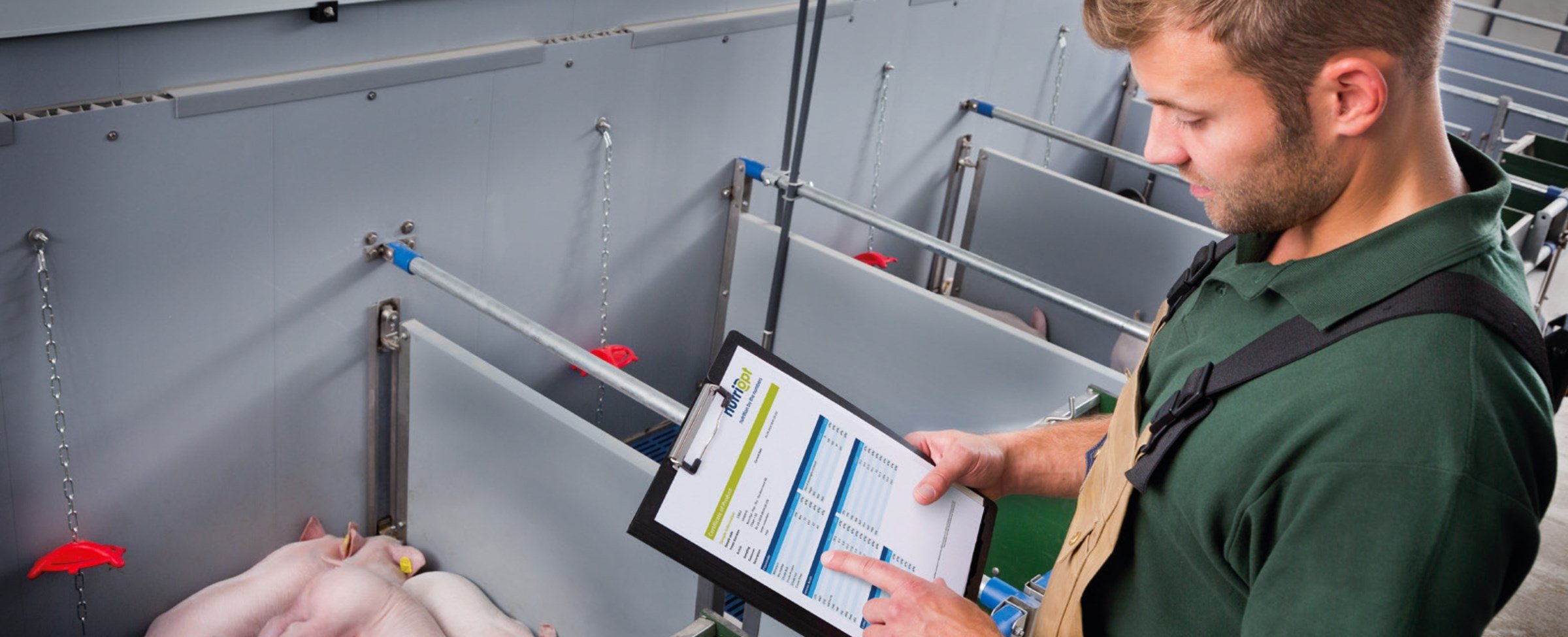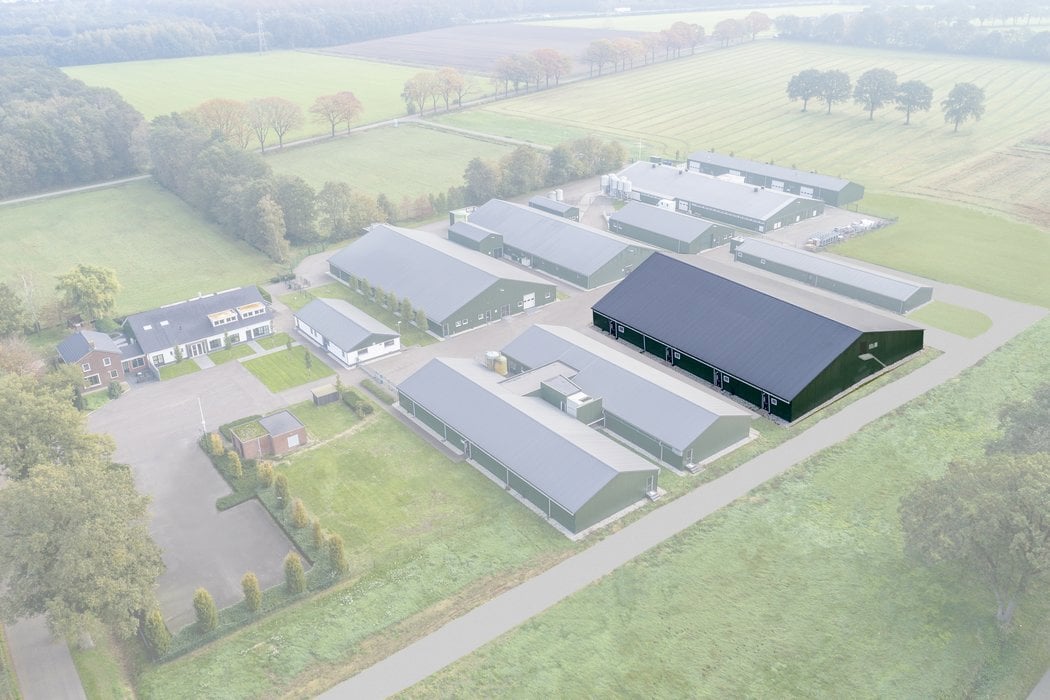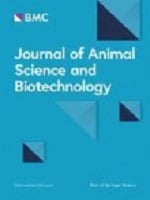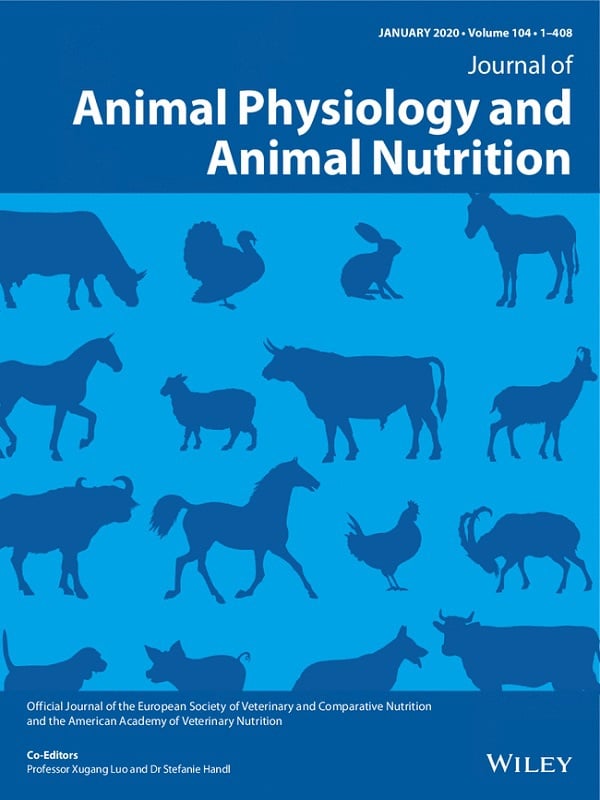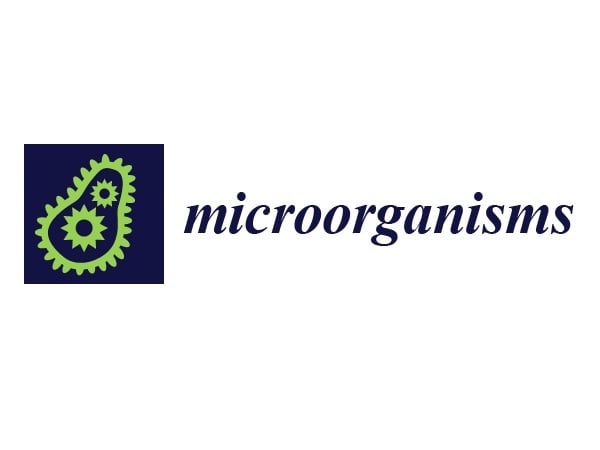The role of lactose in weanling pig nutrition: a literature and meta-analysis review
Lactose plays a crucial role in the growth performance of pigs at weaning because it is a palatable and easily digestible energy source that eases the transition from milk to solid feed. However, the digestibility of lactose declines after weaning due to a reduction in endogenous lactase activity in piglets. As a result, some lactose may be fermented in the gastrointestinal tract of pigs. Fermentation of lactose by intestinal microbiota yields lactic acid and volatile fatty acids, which may positively regulate the intestinal environment and microbiome, resulting in improved gastrointestinal health of weanling pigs. We hypothesize that the prebiotic effect of lactose may play a larger role in weanling pig nutrition as the global feed industry strives to reduce antibiotic usage and pharmacological levels of zinc oxide and supra-nutritional levels of copper. Evidence presented in this review indicates that high dietary lactose improves growth performance of piglets, as well as the growth of beneficial bacteria, particularly Lactobacillus, with the positive effects being more pronounced in the first 2 weeks after weaning. However, the risk of post-weaning diarrhea may increase as pigs get older due to reduced lactase activity, high dietary lactose concentrations, and larger feed intakes, all of which may lead to excessive lactose fermentation in the intestine of the pig. Therefore, dietary lactose levels exert different effects on growth performance and gastrointestinal physiological functions in different feeding phases of weanling pigs. However, no formal recommendation of lactose for weanling pigs has been reported. A meta-analysis approach was used to determine that diets fed to swine should include 20%, 15%, and 0 lactose from d 0–7, d 7–14, and d 14–35 post-weaning, respectively. However, sustainable swine production demands that economics must also be taken into account as lactose and lactose containing ingredients are expensive. Therefore, alternatives to lactose, so called “lactose equivalents” have also been studied in an effort to decrease feed cost while maintaining piglet performance with lower dietary lactose inclusions. In summary, the present review investigated dose-response effects of dietary lactose supplementation to exert positive responses and begin to elucidate its mechanisms of action in post-weaning pig diets. The results may help to replace some or all lactose in the diet of weanling pigs, while improving production economics given the high cost of lactose and availability in some swine production markets.
